Jakisnica
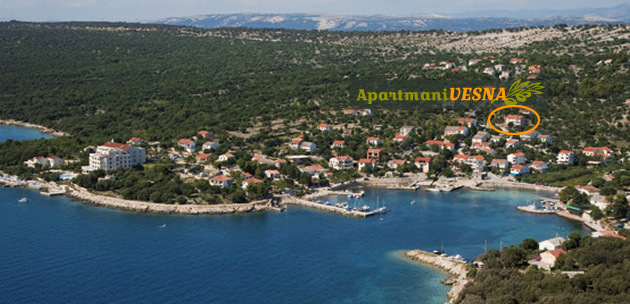
Jaksinica is a tourist place in the bay of the same name, which is located in the northwestern part of the Pag island called Lun.
Surrounded by Mediterranean vegetation and sheltered from strong winds, Jakišnica is a town of fishermen and hospitable hosts.
Peace and quiet in Jakišnica and its beaches hidden in nearby bays will be more than a good reason to return to Jakišnica next year.
Island of Pag Croatia
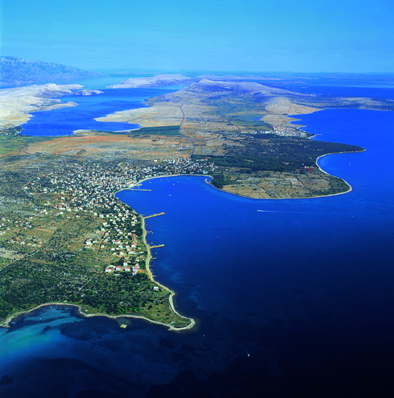
The island of Pag is one of the biggest Adriatic islands: it is the fifth largest island with 284.50 square kilometres. Its 270 kilometres of the indented coastline make it the island with the longest coastline on the Adriatic, rich with coves, bays, beaches and capes.
The biggest bay, the bay of Pag, is rounded by 20 km of the gravel beaches. Pag is unique due to its vegetation where trees are the most rare form. Therefore, Pag is the largest kingdom of rocky ground on the Adriatic, where thin grass, low aromatic herb cover, sage and immortelle grow. They make the foundation of the nourishment of the island’s sheep on the rocky ground, intersected by long dry stonewalls, giving a special flavour to the well known cheese of Pag.
Placement
Lun, island Pag, Croatia
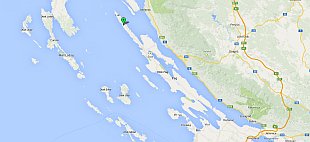
What to see?
Gardens of Lun olives
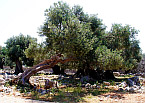
In the northern part of the island there are Lun olive groves which have represented the most pristine and exotic part of the region for centuries.
Lun olive groves stretch over 24 ha and boast more than 80.000 trees of “oblica” sort, engrafted to wild base of Olea oleaster linea olive. There are about 1.500 oblica” trees 5 to 8 meters tall, whose average age is estimated at 1.200 years, while the oldest olive tree in Lun is 1.600 years old. Lun olive groves
Specialty
Pag cheese
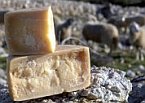
Pag cheese is cheese produced from the milk of sheep which graze on the hilly pastures that are rich with aromatic plants. These plants are exposed to salt because of the frequent strong winds. This kind of pasture is what makes the specific and recognizable aroma of the Pag cheese.





